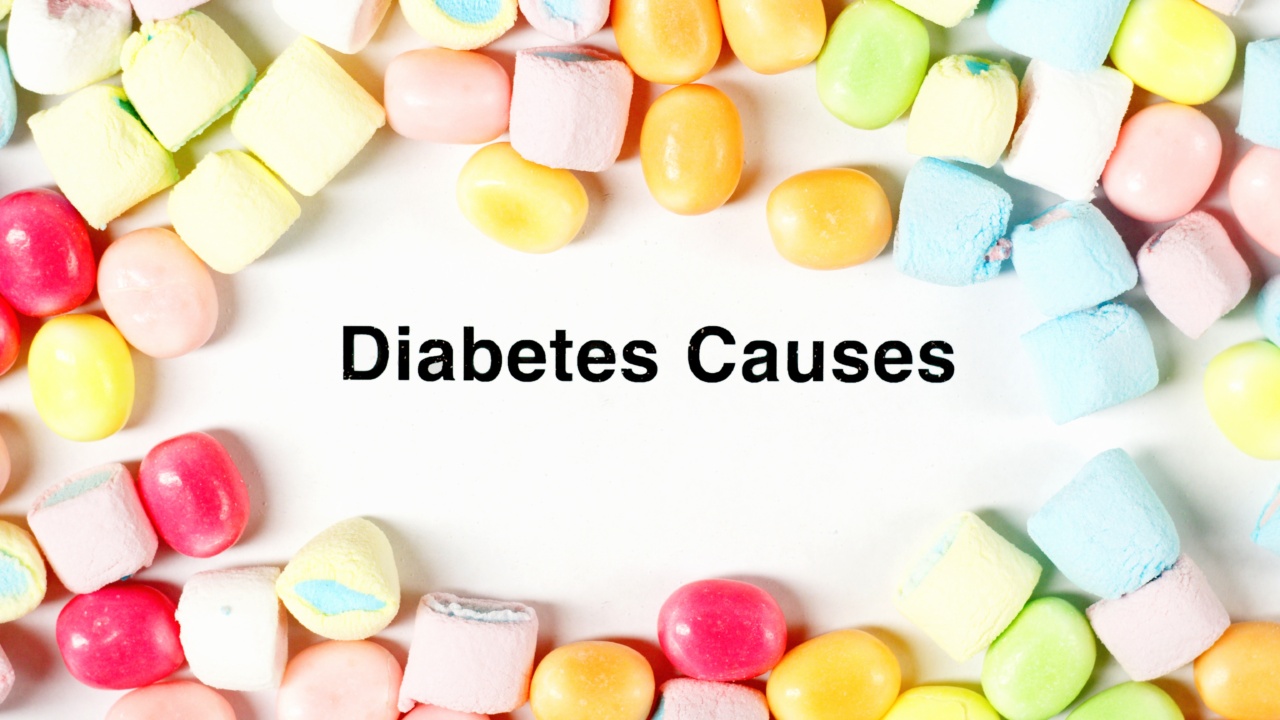Swollen ankles, medically known as ankle edema, is a common condition characterized by the accumulation of fluid in the ankles. It can affect individuals of all ages and can be caused by various factors.
In some cases, swollen ankles may be a symptom of an underlying health condition or disease. Understanding the causes and associated diseases can help in proper diagnosis and treatment of this condition.
Causes of Swollen Ankles
Swollen ankles can occur due to various reasons, including:.
1. Injury
Ankle sprains or fractures can lead to swelling in the ankles. When the ligaments or bones in the ankle are damaged, the body responds by sending extra fluid to the area, causing it to swell.
2. Prolonged Standing or Sitting
Remaining in the same position for a long time, such as standing or sitting for extended periods, can cause fluid to accumulate in the ankles. This is common in individuals who have sedentary jobs or spend long hours on their feet.
3. Pregnancy
During pregnancy, the body undergoes hormonal changes that can cause fluid retention, leading to swollen ankles. The growing uterus can also put pressure on the veins, hindering proper blood flow and causing swelling.
4. Venous Insufficiency
Venous insufficiency refers to a condition where the veins in the legs fail to adequately return blood to the heart. This can cause fluid to build up, resulting in swollen ankles. Chronic venous insufficiency is often associated with varicose veins.
5. Lymphedema
Lymphedema is a condition characterized by the accumulation of lymph fluid, usually in the arms or legs. When lymph vessels are damaged or blocked, the fluid cannot properly drain, leading to swelling. It can also affect the ankles.
6. Heart Conditions
Heart conditions, such as congestive heart failure, can cause fluid retention in various parts of the body, including the ankles. When the heart does not pump blood effectively, fluid can accumulate in the lower extremities.
7. Kidney Disease
Individuals with kidney disease may experience swollen ankles due to the kidneys’ decreased ability to remove fluid and waste from the body. This leads to fluid retention and can result in ankle edema.
8. Infections
Infections in the legs or ankles, such as cellulitis, can cause inflammation and swelling. The body’s immune response to the infection can result in fluid accumulation, leading to swollen ankles.
9. Medications
Some medications, such as certain high blood pressure medications, nonsteroidal anti-inflammatory drugs (NSAIDs), or steroids, can cause fluid retention as a side effect. This can contribute to swollen ankles.
10. Obesity
Excess weight puts additional pressure on the veins, leading to poor circulation and fluid buildup in the ankles. This can result in chronic ankle swelling.
Associated Diseases with Swollen Ankles
While swollen ankles can be caused by various factors, they can also be a symptom of underlying health conditions or diseases. Some of the associated diseases include:.
1. Deep Vein Thrombosis (DVT)
DVT refers to the formation of blood clots in the deep veins, usually in the legs. One of the symptoms of DVT is swelling in the affected leg, including the ankles. Prompt treatment is necessary to prevent serious complications.
2. Rheumatoid Arthritis
Rheumatoid arthritis is an autoimmune disease that causes inflammation in the joints. In addition to joint pain and stiffness, it can also cause swelling in the ankles and other affected joints.
3. Gout
Gout is a type of arthritis caused by the buildup of uric acid crystals in the joints. It commonly affects the big toe but can also cause swelling and pain in the ankles.
4. Peripheral Arterial Disease (PAD)
PAD is a condition characterized by the narrowing or blockage of arteries that supply blood to the legs and feet. This can result in reduced blood flow, leading to swelling and pain in the ankles.
5. Liver Disease
Liver disease, such as cirrhosis, can lead to fluid retention in the body. Swollen ankles can be a symptom of liver dysfunction, indicating the need for further medical evaluation.
6. Hypothyroidism
Hypothyroidism occurs when the thyroid gland does not produce enough thyroid hormones. This can lead to fluid retention and swollen ankles, along with other symptoms such as fatigue and weight gain.
7. Diabetes
Uncontrolled diabetes can impact the blood vessels and lead to poor circulation. This can contribute to swelling in the ankles, particularly if there are underlying complications such as peripheral neuropathy.
8. Lupus
Lupus is an autoimmune disease that can affect various parts of the body, including the joints and blood vessels. Swelling in the ankles can be a result of inflammation caused by lupus.
9. Hypertension (High Blood Pressure)
Individuals with hypertension may experience swelling in the ankles due to the strain it puts on the cardiovascular system. Proper management of blood pressure is essential to prevent complications.
10. Cancer
Some forms of cancer, such as lymphoma or tumors in the lower extremities, can cause fluid buildup and result in swollen ankles. It is important to investigate the cause of ankle swelling in individuals with a history of cancer.






























